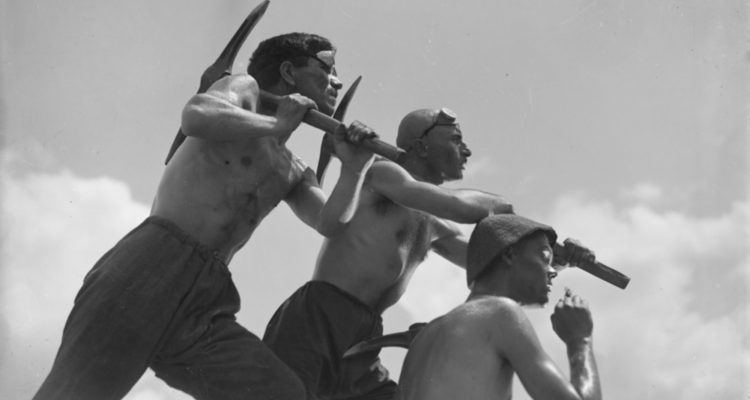About the lists: Calls to socially distance and self-isolate are driving people to look for things to watch. But the sheer amount of options out there can be overwhelming. For this reason, we at the Centre for Screen Cultures are producing themed playlists of film, video, and television so you can organise your own series or festival at home (or home school). They will update here and here: https://screenculture.wp.st-andrews.ac.uk/category/media-playlists/
Dina Iordanova returns with more guidance for navigating through the digital world of world cinema. The theme is:
THE FAR-FLUNG CORNERS OF THE SOVIET EMPIRE:
HYBRID GENRE CLASSICS OF THE 1930s
In my view, a good playlist should be short and focused; it should be possible to make one’s way through in a day. This is because I believe in the merits of bite-sized film education. By completing the associated viewing, one can make palpable progress every day.
Here, I propose one that is, I believe, topical and short. It exposes the viewer to two masterpieces of (somewhat manipulated) documentary/ethnographic Soviet filmmaking from around 1930s, both set in remove corners of the fledgling Soviet empire and both made for the sake of highlighting the benefits of the Soviet rule. And, if someone needs more, I have thrown in a link to a third, ‘bonus’ film, to complete the picture.
All three films are hybrids in terms of genre – TURKSIB is closest to documentary but it contains many re-enacted scenes. SALT FOR SVANETIA is normally considered an ethnographic film but, once again, it contains extensive staging. And, AEROGRAD is a feature that makes use of some documentary material.
TURKSIB (1929, dir Viktor Turin), 78 min
Turin (1895-1945). The film is considered to have been influenced by John Ford’s frontier documentary THE IRON HORSE (1924) and it is a known influence on John Grierson’s NIGHT MAIL (1930). A good example of the transnational nature of cinema, and a montage masterpiece. The ambitious railway project that connects Siberia and Turkmenistan, thus turning the latter into a monocultural dependency confined to the production of cotton only, is critically assessed six decades later in Tiziano Terzani’s political travelogue Good Night, Mr Lenin (1991).
SALT FOR SVANETIA (1930, dir. Mikhail Kalatozov) , 50 min
A classical example of ethnographic filmmaking within early Soviet cinematography. Kalatozov is originally from Georgia, and was still signing as ‘Kalatozoshvili’ at the time he made this masterpiece chronicling the peasant life of the Svans, an ethnic group inhabiting some of highest hamlets of the Caucasus. Kalatozov was later on to become one of the most celebrated Soviet directors (with a win at Cannes for CRANES ARE FLYING, 1957) but also one of the most criticised one (severely censored for his amazingly ‘formalist’ experiment I AM CUBA, 1964, shot by cinematographic prodigy Sergei Urusevsky). SALT FOR SVANETIA was, in fact, a modernist project, based on an article by Sergey Tretyakov, a well-known futurist-constructivist intellectual.
Both TURKSIB and SALT FOR SVANETIA are marked by the involvement of famous Russian formalist theoretician Victor Shklovsky, who co-wrote TURKSIB and edited SVANETIA. credited with its dynamic montage and expressionist feel.
BONUS VIEWING:
AEROGRAD (1936, dir Alexander Dovzhenko), 77 min
This is a utopian feature – written, produced and directed by Ukrainian veteran Dovzhenko — which tracks the Soviet geopolitical dream of the Far East. It is one of the earliest films to show the concern with Japanese imperialism that expands also on Soviet territory. Mainly set in the tundra yet containing some perfect propaganda scenes images of dreaming for the bright socialist future.
